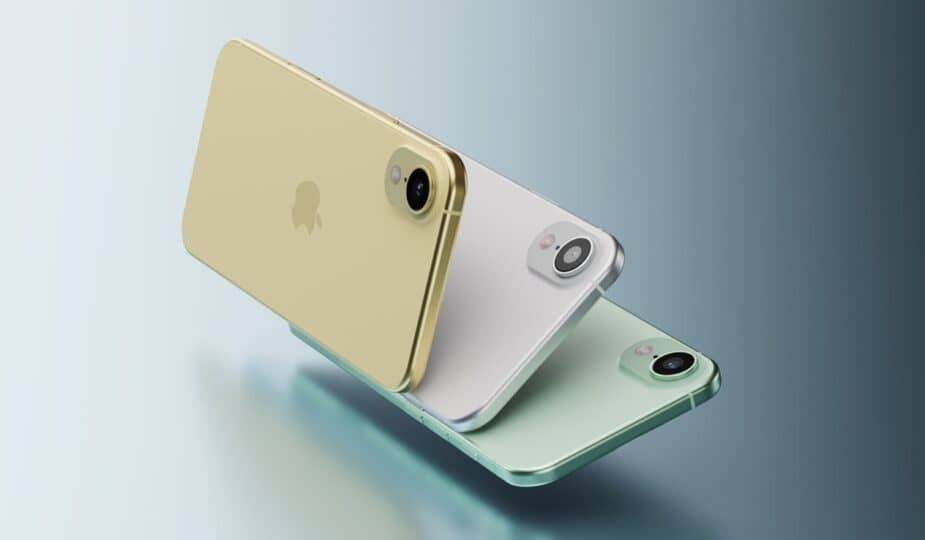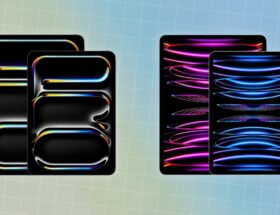A rendering of what the iPhone 17 Slim could look like
 0 Facebook x.com Reddit
0 Facebook x.com Reddit
Last updated 6 minutes ago
Apple's supply chain faces production challenges for the alleged iPhone 17 Slim. Here’s what the company is rumored to be cramming into its thinnest iPhone yet.
The iPhone 17 Slim is expected to be part of the next batch of flagship launches in the fall of 2025. To prepare for that launch, Apple’s supply chain is starting to complete the initial tasks needed to actually produce it.
The iPhone 17 Slim or Air has entered the new product introduction (NPI) phase of production, according to DigiTimes’ supply chain sources.
The NPI process is an early phase in which assembly partners review Apple’s design and determine how they can build what’s needed on the production line. Because of the sheer volume of iPhones produced each year, this is an important time to perfect the actual assembly process.
The iPhone 17 Slim arrives at this stage a little later than other models of the same generation. In late October, it was reported that a factory in India had begun the NPI process for the iPhone 17, while the Pro models continue to be manufactured in China.
While DigiTimes isn’t necessarily as accurate when it comes to product specifications, it’s generally good at tracking down rumors and supply chain leaks. Given the typical timing of Apple’s production schedules, the iPhone 17 Slim’s NPI claim seems entirely plausible.
iPhone 17 Slim – Ultra-thin design and advanced technology are a complex challenge
The NPI process is usually a puzzle for manufacturers to solve, but the iPhone 17 Slim may be more difficult than usual. The ultra-thin design is expected to be about 6 millimeters thick, which leaves less room than usual to fit all the components Apple needs.
This has already led to some design changes, including the need to ditch the SIM tray entirely because it is simply too thin to fit in. This is not surprising, since Apple has already moved to an eSIM-only approach in the United States, which it may eventually roll out to other countries as well.
The battery has been a suspected issue, with a design with a new substrate that can be made thin enough not expected to be possible until 2025.
A thinner battery in a tighter space than usual creates a physical strength issue, since less physical material will be used. It will also impact battery capacity, simply because it will take up less internal volume than other designs. This has been all but proven by the iPhone mini designs, which have noticeably shorter battery life than the current mainline and Pro models.
The rear camera bump is also an element that is due for change, with rumors circulating in December that it would use a horizontal bar high on the back to house multiple cameras. A radical change to the camera design is questionable given Apple’s goals for thinness and the positioning of other components.
This includes impacting how the iPhone 17 Slim must be held to capture Spatial Video, the format used to create the video viewed on the Apple Vision Pro. Currently, this involves holding the iPhone in landscape orientation, but the design of the bar could force it to be held in portrait orientation.
Because Spatial Video uses stereoscopic image capture, the two sensors need to be relatively far apart for the effect to work. Switching to portrait orientation could limit the available space to separate the two sensors for this purpose.
The placement of the proposed camera array has also raised questions when considering the TrueDepth front-facing camera array. The rear cameras would be housed in the same physical space as the front-facing camera system, making it unlikely to be implemented that way.
One analyst also believes that Apple could reduce the number of cameras to a single 48-megapixel rear sensor and a 24-megapixel TrueDepth front-facing camera for Face ID.
With a single high-resolution camera, Apple could still offer consumers a level of optical zoom by using the cropping trick used in current-generation iPhones to mimic a second camera sensor.
Expectations also include the use of a 6.6-inch display, an A19 chip with a 3-nanometer process, and 8GB of memory, with the chip and memory likely to be used in the iPhone 17 as well.
Follow AppleInsider on Google News










